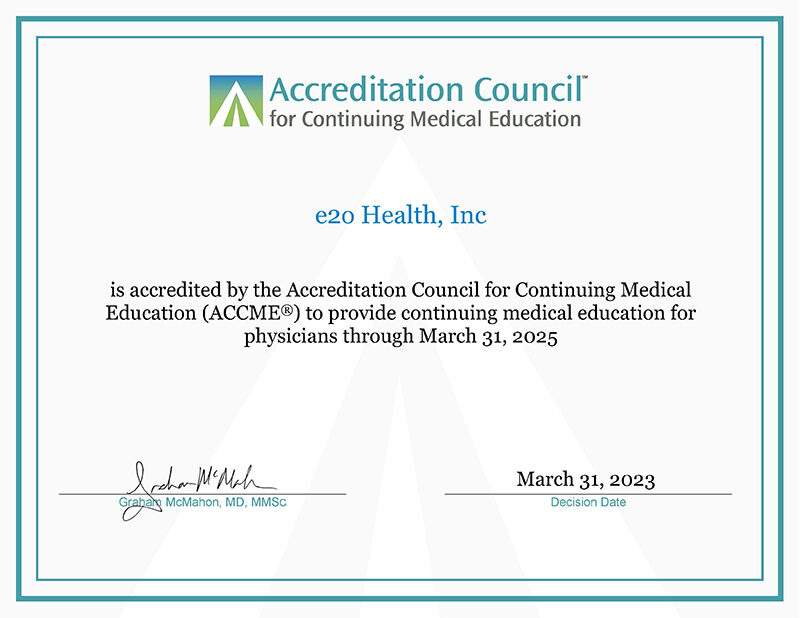The word credentialing is used to mean three categories of work as identified in the slide below. Every organization has its own flavor to these three areas. So when a Healthcare organization hires someone for credentialing, it is important they know the kind of team or individual they are hiring for "credentialing" and most importantly, which area of work is important for their business. We provide comprehensive services for all three areas of work.
Primary Source Verification
What is Primary Source Verification?
Primary source verification is an essential step in provider credentialing. Provider credentialing, the process of verifying a provider’s credentials before a hospital grants privileges, helps ensure patient safety both when a new provider is hired and on a regular basis every two to three years. By checking that a provider’s qualifications are valid and current, healthcare organizations help ensure quality patient care. If a healthcare organization neglects to perform provider credentialing properly, a payer can refuse to reimburse the provider for services.
According to all credentialing accrediting agencies, “primary source verification (PSV) is required for confirming that an individual possesses a valid license, certification or registration to practice a profession when required by law or regulation. It is the responsibility of the accredited organization to complete PSV, not the licensed individual.”
Primary source verifications completed during the credentialing process protects patients. When hiring a provider or performing routine credentialing, the government expects healthcare organizations to verify that all providers have valid and current licenses as required by their professions. This means the organization must contact the original source (or its authorized representative) that issued the required documentation to verify the provider’s licensure and/or certification.
Why Is Primary Source Verification Important?
If an organization fails to verify its providers’ credentials through a primary source, they risk gathering inaccurate, biased, or incorrect information from other sources. Primary source verification and documentation protect patients by ensuring that providers are qualified and competent to practice and that their license is in good standing.
Without primary source verification, healthcare organizations may unknowingly risk patient safety. Whenever possible, organizations should obtain information from a primary source through direct correspondence, telephone calls, electronic verification, or credentials verification organization (CVO) reports.
What Is A Primary Source?
Primary sources include the following: government agencies, educational institutions, former employers, and professional associations.
State and Federal Agencies:
Educational Institutions:
Former Employers:
Professional Associations:
Where primary source verification is not possible, secondary sources are the next best option. This may occur in situations where primary source data is not available, such as a medical school or hospital that has closed. In these situations, organizations should do all they can to obtain the data, including checking with successor organizations, determining if original documents were sent elsewhere, or contacting other hospitals or schools in the area for information.
What Watchdog Can Do For You?
Although primary source verification requires significant time and resources, healthcare organizations must prioritize this process to protect patients and maintain compliance. With limited in-house resources to complete the complex, time-consuming process of primary source verifications, many healthcare organizations use a credentials verification organization (CVO) to streamline provider credentialing.
Watchdog platform screens and monitors the license and exclusion status of your practitioners against all primary sources. By performing primary source verification on your behalf, Watchdog can save you time and money, allowing you to focus your staff and resources on patient care while minimizing the risk to your organization.
HOSPITAL PRIVILEGING:
How can Compliance Watchdog make the process of obtaining hospital privileges easier?
Physicians can spend enormous amounts of time and energy filling out piles of paperwork and applications and gathering all of the correct and complete information to obtain their hospital privileges. With plenty of room for error and mistakes to occur along the way, the credentialing application process has great potential to be delayed. Plus, when mistakes are made, physicians and hospitals run the risk of delivering practices they’re not licensed to perform which can then lead to costly liabilities and diminished reputations.
Alongside credentialing, privilege authorizes a licensed or certified healthcare practitioner’s specific scope of patient care services and evaluates an individual’s clinical qualifications and/or performance. Privileging ensures that medical staff are properly licensed, carry appropriate malpractice insurance, and meet hospital requirements.
Credentialing and privileging must both be completed before practitioners can provide patient care services. It is therefore critical that healthcare organizations have an efficient and thorough process of pre-application, application, identification, and processing to verify the providers’ credentials and grant privileges.
Compliance watchdog offers Provider Enrollment Services that take care of the time-consuming credentialing work for physicians, hospitals, and medical practices. As an affordable outsourcing solution with flexible plans tailor-made for offices with one provider or facilities and organizations with hundreds of providers, our services make the hospital privileges process easy, fast, and stress-free.



